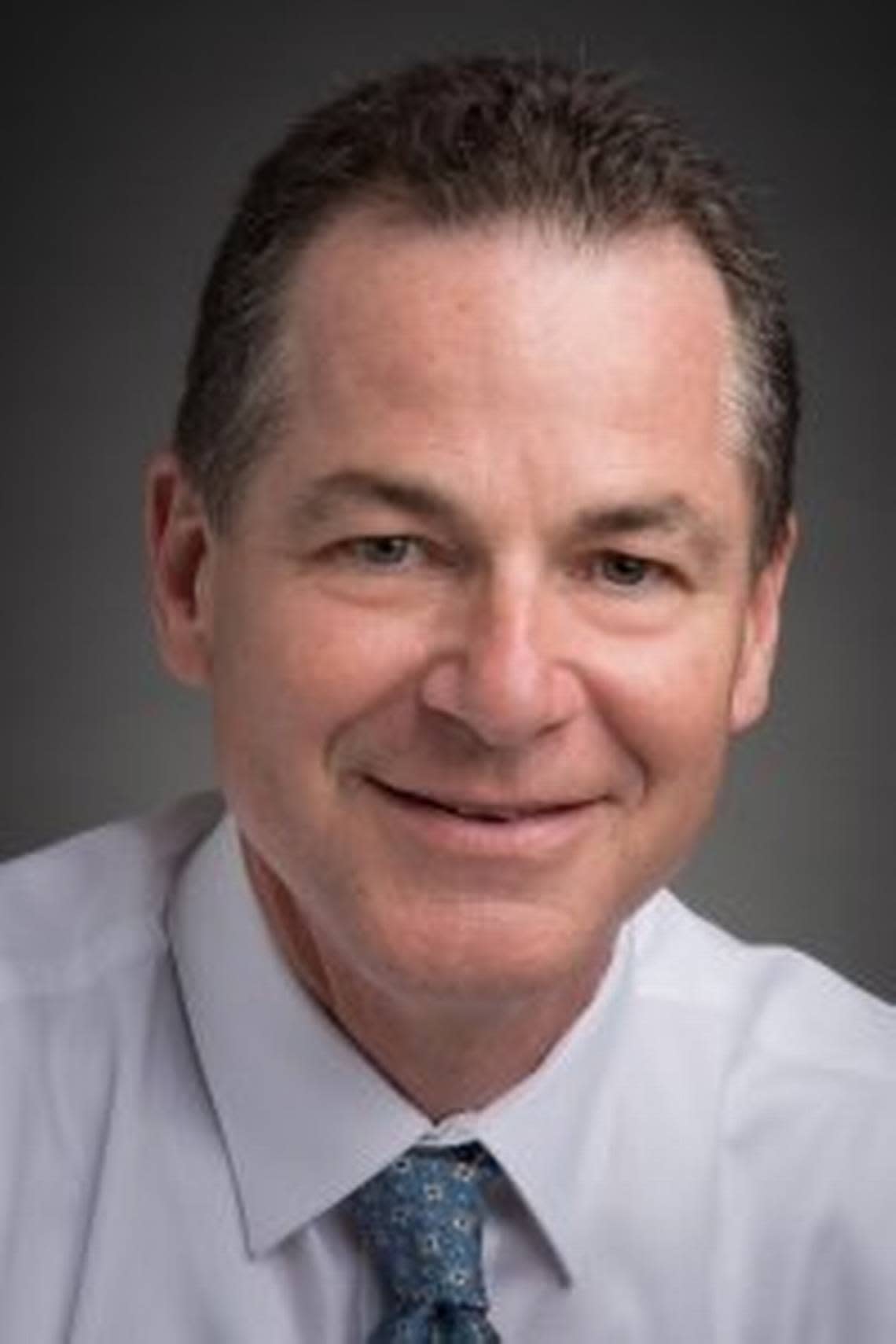Raleigh erased a centerpiece of the Black community. Here’s a way to restore it.
We all carry with us a few indelible images that comprise our first memories. I carry one such image: I see myself climbing into the open cockpit of an airplane and then sliding out of it.
This memory comes from my childhood in Raleigh during the 1960s. I assumed the memory came from a visit to Pullen Park. But I only received blank stares when I asked others about an airplane in Pullen Park. Could I have imagined it?

While at a community meeting in East Raleigh several years ago, I heard an update on the master plan for John Chavis Memorial Park. My ears perked up when longtime community activist, Lonnette Williams, mentioned a fighter plane. She said legions of kids played on it and slid from its cockpit.
If this was the airplane from my childhood, what was I doing there?
Whites went to Pullen Park and Black people went to Chavis Park. Then the answer struck me. During the Jim Crow era it wasn’t unusual for white families to hire Black workers. Minnie cared for me while my mother took classes and my sister went to school.
I can imagine Minnie did not see Pullen Park as a welcoming place in the ‘60s. So instead of visiting Pullen Park, I had the great fortune to climb into the cockpit of an airplane at Chavis Park.
We can take some comfort in how much Raleigh has changed since then. Yet, while sitting in that meeting, the participants seemed angry and on edge about refurbishment of Chavis Park.
Williams explained why later. Once the courts forced integration in the late 1960s, the City of Raleigh slowly stripped Chavis of its status as a preeminent park for Black people. The city removed the airplane, train, and Olympic-sized pool. The creek that meandered through the park grew thick with bramble and weeds. Few people visited anymore. It was as if memories were stricken from the landscape.
Meanwhile, the city spent lavishly on Pullen Park, building tennis courts, a state-of-the-art swim facility, and elaborate concession stands. The memories of white families were honored and preserved.
By the early 2000s, Williams and others began organizing for Chavis Park. When the city decided to move the Chavis Park carousel to another location, the community reacted swiftly. That outcry led to a community conversation, and ultimately, a commitment by the city to rebuild Chavis Park. The master plan envisioned a new community center, track, aquatic center, bathrooms and improved play and fitness areas.
A city bond helped complete part of the plan. A beautiful new community center and play area opened last year. However, the dream of Chavis Park’s rebirth, including an aquatic center and Heritage Plaza, remains in doubt without approval of the parks bond on the November ballot.
In crafting the bond, the city prioritized equity, making Chavis the top bond beneficiary at $54 million. The bond includes other projects that will significantly improve quality of life in East Raleigh, with major investments in Top Greene Center, Biltmore Hills Tennis Center, Walnut Creek Greenway and Tarboro Community Center.
We can’t rewrite the past nor should we recreate a nostalgic version. But setting aside the grave injustice of erasing a centerpiece of the Black community, improvements to Chavis Park meet a critical need. As the population of downtown grows, Chavis Park will bring longtime residents and new ones to a special place.
Instead of a faint glimmer from the past, Chavis Park can once again generate memories that last a lifetime.
Mack Paul lives in Raleigh and is a member of the newly organizing Friends of Chavis Park.
